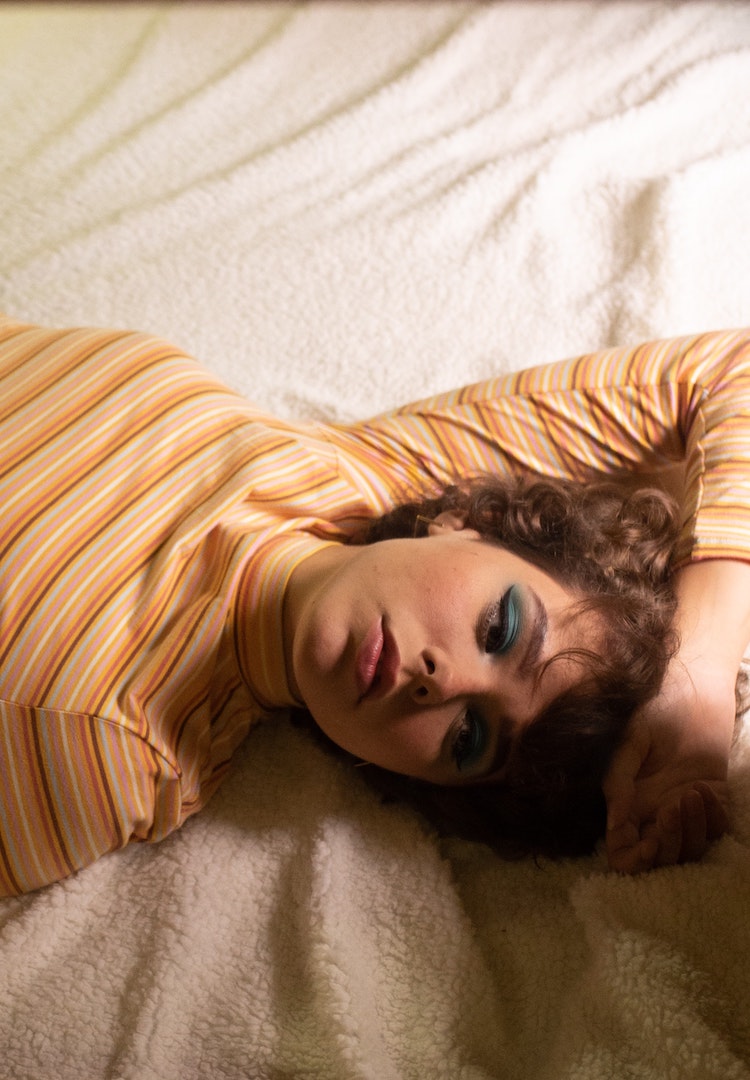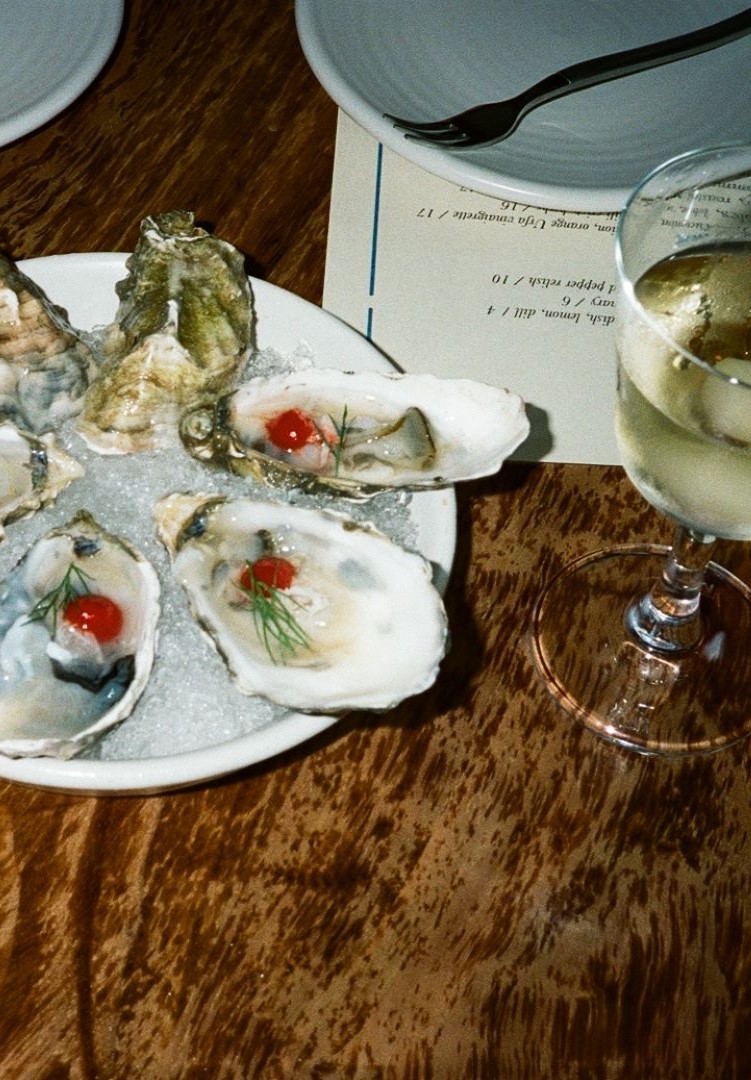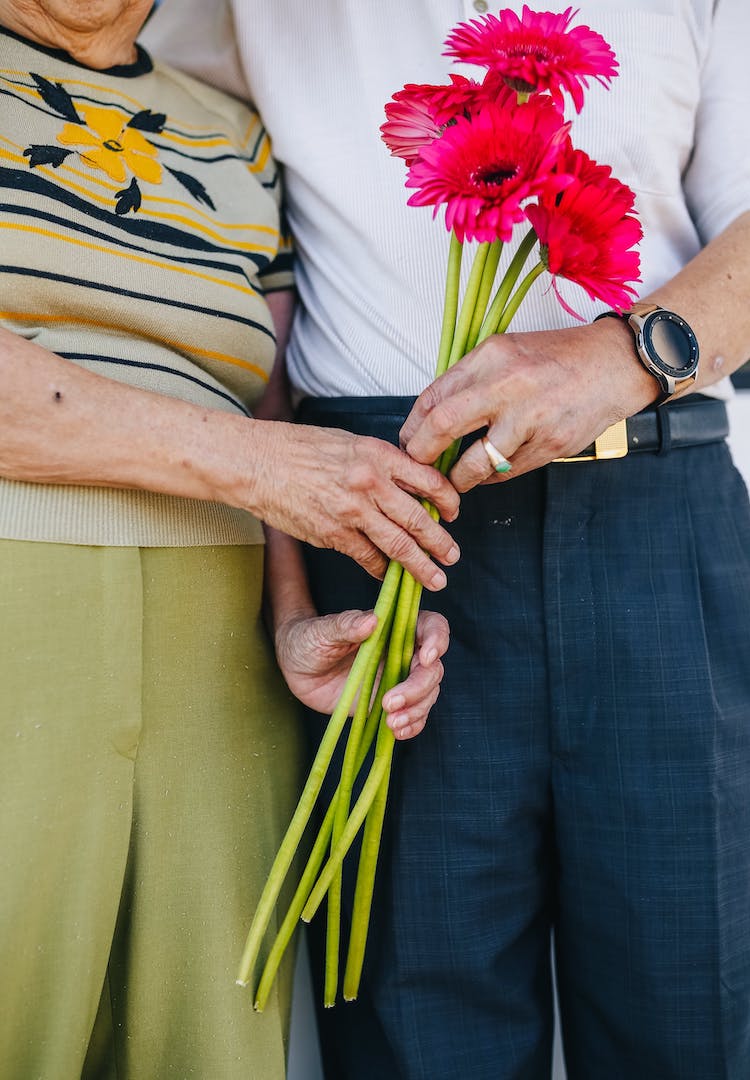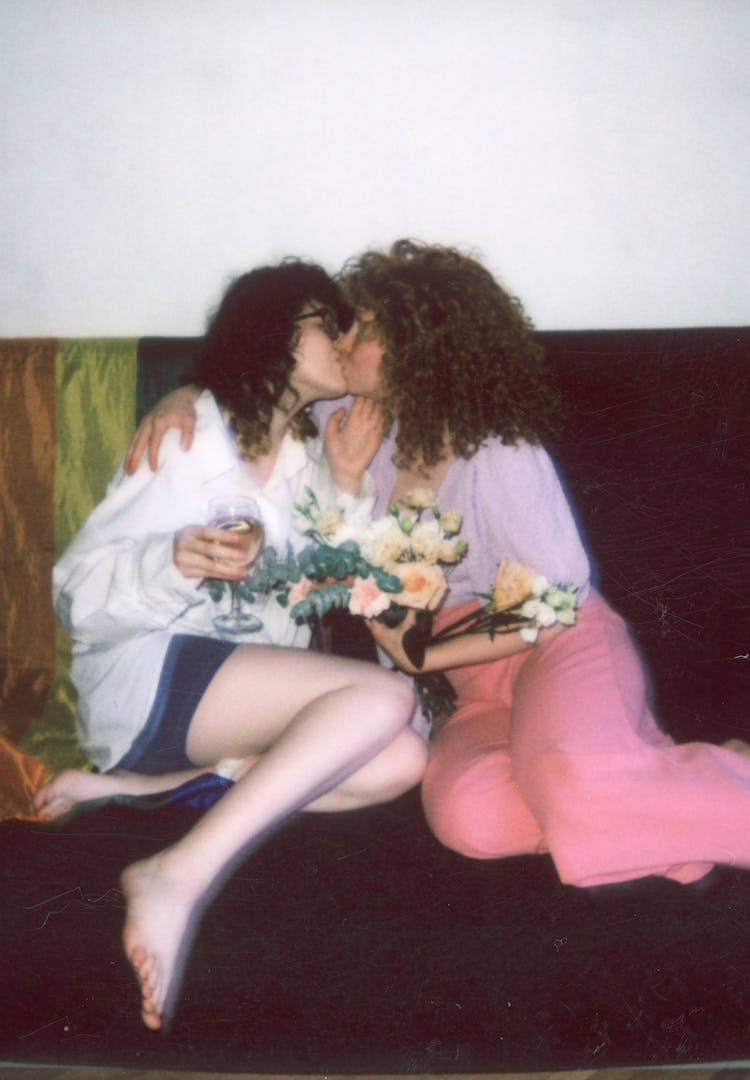What is gender dysphoria? A non-binary therapist explains
WORDS BY JACKIE ZHOU
“For me, on those days when it’s hard, I try to make it to tolerance rather than acceptance… because constant acceptance is really difficult.”
Our understanding of gender in Australia has changed significantly over the years. Until around a decade ago, gender dysphoria was labelled as a ‘gender identity disorder’ that withheld a significant amount of stigma around the trans and genderqueer community.
As a trans non-binary person myself, seeing more frequent discussions surrounding the trans and genderqueer experience has been enlightening for my own gender journey. Still, it’s also been a bit confusing. There’s a lot of vague discussion surrounding gender as a social construct.
Interested to hear how others navigate the world? Head to our Life section.
For those who are cisgender, it may be difficult to understand gender dysphoria as it’s a very personal experience that looks different for everyone. For me, gender dysphoria takes the form of ugly and unfamiliar insecurity about my body that I had previously never experienced before. For others, it may look like an intense hatred and disdain for how their face, body or voice looks and sounds.
That’s why I decided to consult the help of non-binary therapist and founder of The Iceberg Foundation, Mish Kumar-Jonson, to discuss the nuances of gender dysphoria and the importance of empathy and compassion when listening to those experiencing it.
What is gender dysphoria?
According to the American Psychiatric Association, gender dysphoria is the psychological distress that gender-diverse people feel due to the mismatch between their sex assigned at birth and their gender identity, either socially (from being misgendered or having their dead name used), legally (having legal documents use their sex rather than gender) and/or medically (their body).
Some trans or gender-diverse folks experience dysphoria in all of these domains, and some may not experience it at all. Some may feel it from childhood and some may not feel it until much, much later. It’s important to remember that someone’s experience with gender dysphoria is entirely personal and up to the individual.
Mish says gender dysphoria is the discrepancy between “your most authentic experience of yourself” and “what you see of yourself”. They mention people who experience gender dysphoria may feel distress as well as grief, anger, panic, despair and/or shame. Mish says that they experience gender dysphoria in their hips and their thighs.
“Culture plays a huge aspect in [gender dysphoria]. A lot of Indian people have bigger hips and thighs and bellies, and that is the epitome of femininity, feminine energy and sexuality in India. So for me… it’s more my hips because of that cultural aspect, and I think that when we talk of gender dysphoria, often people don’t think of it through a lens of intersectionality and what it means, in your culture, to be seen a certain way”.
This made me reflect more on the ways in which femininity was seen in my Chinese culture and how it could play a role in my own gender dysphoria – having a small mouth, pale skin and a thinner figure all played parts in feminine beauty standards in China. Having those characteristics made me subconsciously feel more aligned with femininity and led to random bouts of gender dysphoria.
Mish says that culture has a huge influence on gender dysphoria, especially when it’s talked about in a “patriarchal, over-sexualised worldview in bodies”.
Why is gender dysphoria important to discuss?
“It’s such a collective phenomenon that a lot of us… experience”. Mish says. “[Gender dysphoria is] a collective experience… in the same way love, compassion and community are compounded in yourself when you’re able to see it in someone else, dysphoria is also compounded. By talking about it, we remind people that who they are is more than their body and what they were assigned [at birth]”.
Mish explains it’s important to know you’re not alone. “Not all of us are homogenous… so my experience of dysphoria does not mean someone else’s dysphoria is experienced in the same way.” Mish argues the collective phenomena of gender dysphoria needs to be discussed because the community that holds “patriarchal, punishing ideals of what is gender… can also hold what is ‘healing’ as a community”.
Do you have any advice for those who might experience gender dysphoria?
Mish refers to anhedonia in our discussion, which is “when joy, play, love and care become nervous system luxuries rather than just how we experience life and things like shame, fear, rage, panic and distress become the norm”.
Gender dysphoria can affect how you experience the joys of life. “Having a practice that addresses my anhedonia… means getting to a state of tolerance,” Mish says. To cope, they try transforming “thoughts of ‘I hate this body, I don’t want to be here in this body’ to thoughts like ‘Okay, but this body is one that fosters cats… waters the plants… I don’t know, eats the cheese, because the cheese is good’.”
Mish suggests trying to be grateful to your body for what it can do. “For me, on those days when it’s hard, [I try to] make it to tolerance rather than acceptance… because [constant] acceptance is really difficult, whether you’re cis or not… honouring [your] most authentic self can also be a lesson in self-acceptance,” they tell me.
“As human beings, we have duality at all times… so for example, if you have to leave a relationship, maybe it sucks because you love that person, but it can still be the best decision for you at that moment. As humans, we can hold two very different ideas in our head,” Mish says.
“For me, it’s holding the idea of the body I have doing the things it does for me [and] tolerating it… finding acceptance in [duality] rather than my body”.
For more on gender dysphoria, head here.










